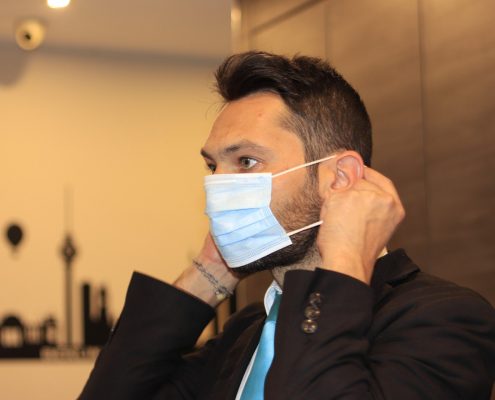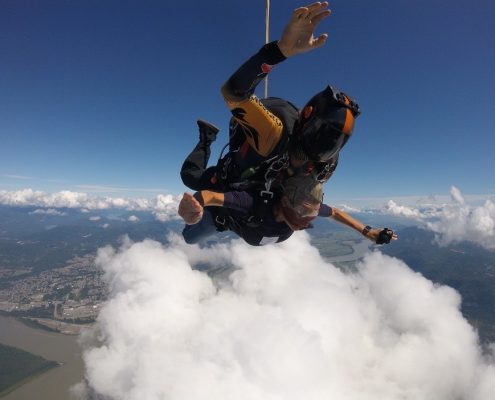Posts

Onboarding internal or external senior executives during COVID?
One of the areas I specialize in for executive coaching is the…

Leadership from 10,000 Feet: A Bird’s Eye View of Your Business Can Change Your Practices
SKYDIVING CHANGES PERSPECTIVE: Changing Your Business Outlook
Last…

Returning to Normal Operations After COVID-19 in British Columbia
Reduced Restrictions for Covid-19 in British Columbia
In British…

